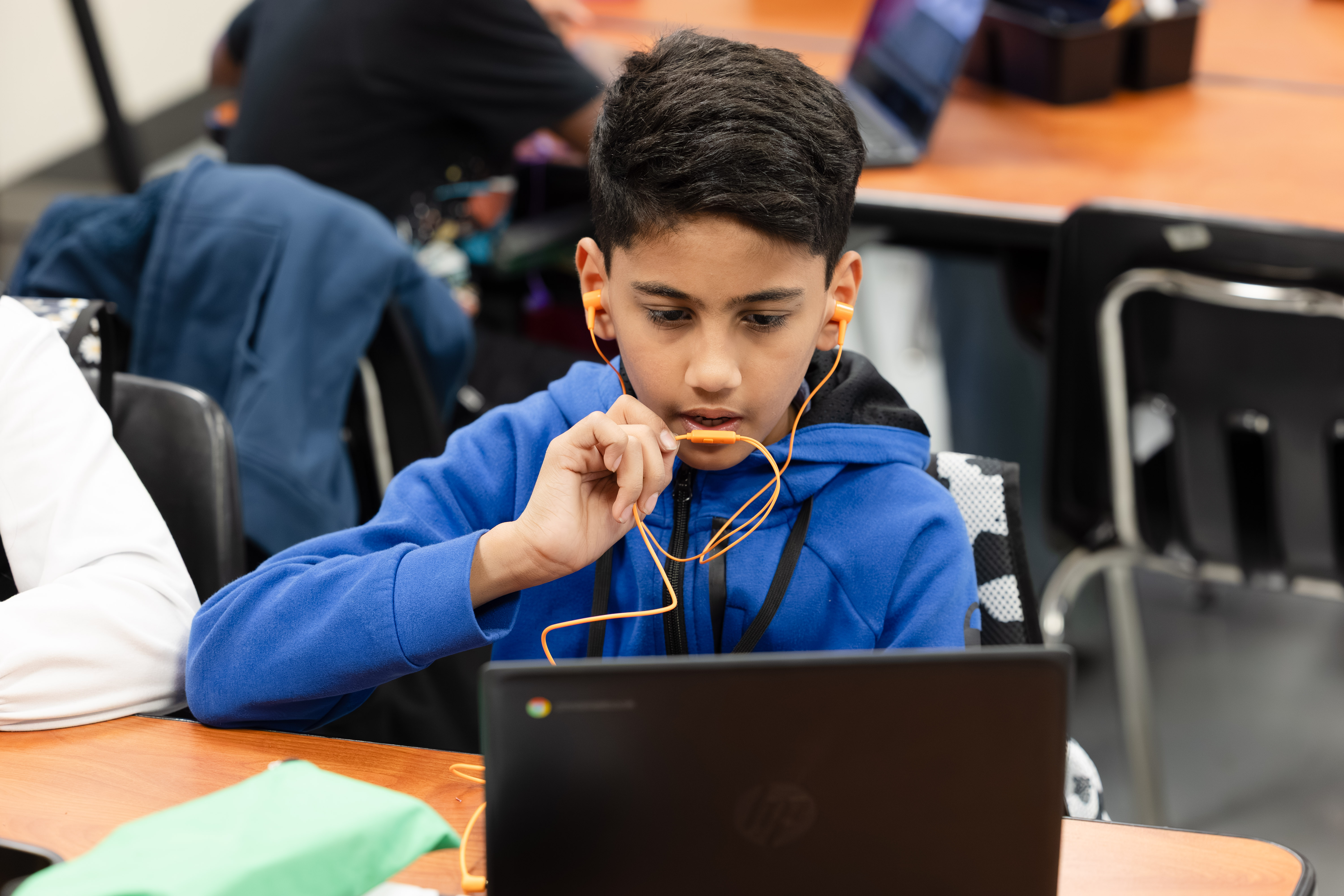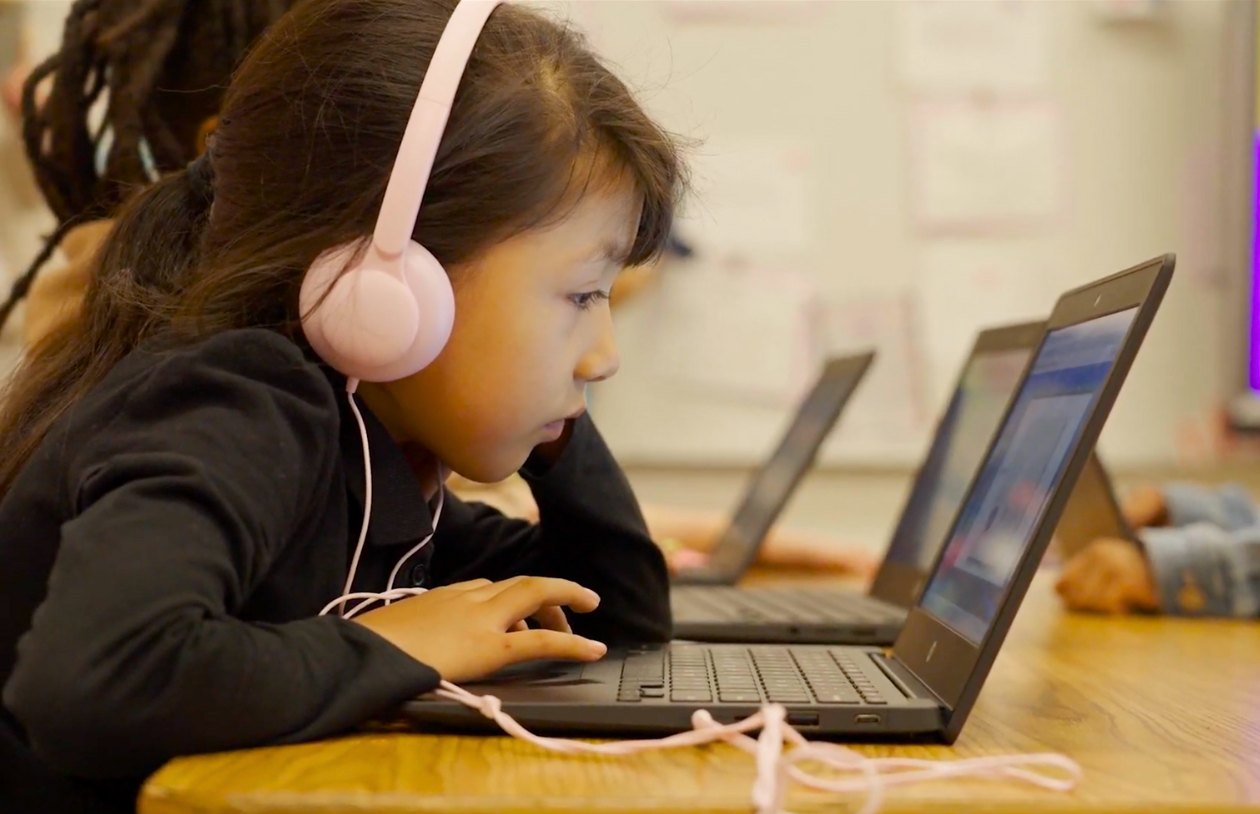4 Ways To Support Elementary Students with Dyslexia

Find the Right Tools to Support Students with Dyslexia
Recent studies reveal that 1 in 5 students may have a language-based learning disability like dyslexia. Though it is one of the most common learning differences in the United States, many educators still have questions about how to best support students with dyslexia.
When children with dyslexia go undiagnosed most of their lives, they tend to struggle with academic performance and experience psychological issues. It is critical that teachers understand these students and have access to the right tools and teaching methods to support their unique needs.
How to Support Elementary Students with Dyslexia
Our in-house expert on the matter, Dr. Victoria Locke, Vice President of Research and Assessment at Istation, offers insights into the best ways to support students with dyslexia.
1. Know what the research says.
Dyslexia is a neurobiological condition. For students who have dyslexia, their brains work differently than the brains of students without dyslexia.
For the reader without dyslexia, there are three different parts of the brain that activate, work together, and communicate in order to assess the words on the page and derive meaning. For the reader with dyslexia, some parts of the brain — like the part that has to do with more complex word analysis — are under activated. The brain of a reader with dyslexia shows overreliance on the front part of the brain that processes articulation and whole word analysis, and under-reliance on the part that is responsible for decoding.
Different parts of the brain activate and work together for readers with dyslexia than for those without.
2. Identify skill strengths and weaknesses early.
Research shows that one of the most effective ways to lessen the negative effects of dyslexia on students’ lives is to identify their strengths and weaknesses at a young age. This allows educators to promote self-confidence where students excel and provide interventions where students can improve.
Using tools like Istation’s screener allows educators to assess students in areas such as letter knowledge, phonological awareness, spelling, alphabetic decoding, oral reading fluency, and comprehension. Screening for skill deficiencies provides a baseline from which students are able to grow. The ISIP™ Rapid Automatized Naming (RAN) digital assessment for grades K–3 can be used for early identification of reading difficulties. Typically students at risk of dyslexia will struggle with recognizing letters and the sounds that go with different letters and letter combinations, they will have trouble with rhyming and hearing the different sounds that go into a word. Some of their strengths may be in listening comprehension, and in the early grades they may be stronger in vocabulary than in the other skills.
3. Monitor progress.
Arranging an initial screening for students at risk for dyslexia is an important part of the process, but in order for students to become better readers and writers, their progress must be continually assessed.
When ISIP assessments are used to identify students who may be showing characteristics of dyslexia, teachers can intervene in key areas of instruction to determine if a student will respond to intervention. If the results from the ISIP indicate a student may be at risk, teachers can provide the interventions that help students at risk of dyslexia learn to read and write. If a student does not respond to intervention, the personalized data profiles generated by the assessment help the educator decide if a full dyslexia evaluation is needed.
In this teacher-directed lesson from Istation, students use a multisensory approach to create the letter Q with a variety of materials.
4. Personalize instruction.
In the mainstream classroom, personalizing instruction can be a challenge, but that doesn’t mean it’s out of reach. With some forethought and planning, educators can ensure they are meeting each student’s needs.
Using digital instruction tools like Istation, educators can provide an individualized learning experience for students with dyslexia, but it doesn’t have to end there. Teachers can make slight adjustments to their assignments to personalize instruction for students with dyslexia while still upholding a lesson’s primary objectives. Some of these accommodations include:
- Allowing dictated responses
- Providing extended time for reading and writing tasks
- Using grammar- and spell-checking software
- Using speech-to-text and text-to-speech software
- Providing verbal/audio instructions
The accommodations educators provide may vary depending on grade level, but fortunately, age-appropriate software is becoming increasingly available to younger students.
As educators strive to support students who are navigating dyslexia, it’s important for them to remember that they are not alone. The advancement of technology has already had a major impact on the treatment of dyslexia. If you’re looking for a multi-dimensional tool with proven results, allow Istation to help!
Read more from the AI & The Reading Brain Blog


.avif)
